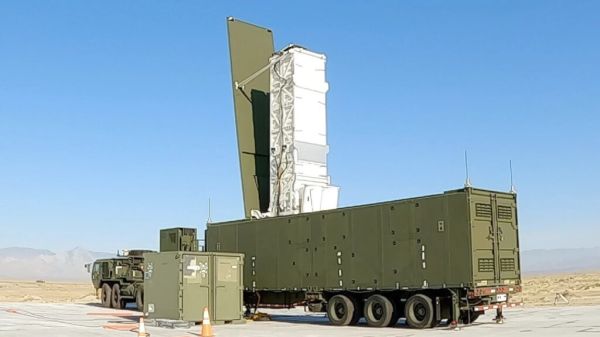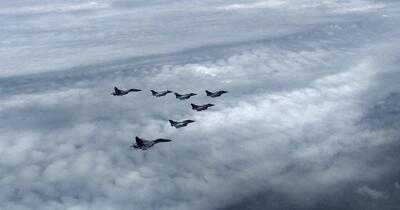While much attention regarding missiles typically focuses on the deadly ordnance, one aspect that rarely makes headlines is the launcher. Typically, each missile requires a specific launcher to get it into the sky; however, some are capable of being fired from multiple launchers, and some launchers can send off a variety of missile types. One type of launch system that is particularly interesting is the Containerized Missile System (CMS). If you’ve never heard of this sort of launcher, odds are you will soon because they’re becoming more commonplace.
A CMS is a launcher that can be installed in a standard shipping container. The reason for doing this is largely about moving the launcher and its missiles more easily, but there’s a nefarious aspect of CMSs that makes them particularly dangerous. Because standard shipping containers are used to house these deadly weapons, they are easily disguised as … well, standard, non-military shipping containers that might contain anything that fits inside.
While you might think that these would be developed and used by terrorists or bad state actors, that’s not entirely true, as the United States has its own CMS in the U.S. Army’s Typhon Strategic Mid-Range Fires System (SMRF, pictured). The obvious benefit of a CMS like the Typhon is its relatively easy transportability, as it can be carried by a Boeing C-17 Globemaster or taken to a specific location on the ground via trucks. This makes them highly mobile, but it also conceals the threat contained within right up until the moment the container opens, erects its launcher, and fires a missile.
The U.S. Army’s Typhon Strategic Mid-Range Fires System
The Army’s Typhon SMRF is containerized, but it’s not the type of weapon system that would fool many into believing it was innocuous. This is due to the number of vehicles necessary to fix a target, fire a missile, and support its operation. The system includes an erector launcher that is designed to fire the SM-6 Tomahawk cruise missile. Each Typhon houses four Mark 41 Vertical Launching Systems that are installed within a 40-foot ISO container.
Each SMRF battery consists of four launchers, a battery operations center, generators, and other support equipment. With four launchers, a battery can fire a total of 16 Tomahawk cruise missiles. While the system is designed to fire the Tomahawk, the launcher — a variant of the Mk 80 Payload Delivery System (PDS) — can also fire the Patriot PAC-3 missile, though given the fact that the Army already utilizes launchers within the Patriot Air Defense System, it’s likely the Typhon will remain a Tomahawk-only SMRF.
Because the system is containerized, it’s easy for the Army to move batteries from one location to another, and it has already been deployed to the Philippines. Since its introduction in 2023, a Typhon SMRF battery has been eyed for deployment in support of a Multi-Domain Task Force in Japan. Additional future plans for deployments include Germany in 2026, which will augment the current land-based systems in Europe by greatly extending the range, as Tomahawks can hit targets up to 1,000 miles from the CMS.
Russia has its own Containerized Missile System
While the United States and some allies, such as the United Kingdom, have their own CMSs, they aren’t the only nations to possess them. Russia has a CMS known as the Club-K, but unlike the Typhon, Russia’s system is designed primarily for concealment over portability. The system is capable of firing a variety of satellite-guided missiles, including anti-ship missiles, which makes them particularly worrisome to Western navies. This is because the containers that house Club-K can be placed on any merchant vessel, and should it be used, it can take out an aircraft carrier with little to no warning.
That’s what makes a CMS far more dangerous than a standard launch system, as concealing the threat right up to the moment the launcher is erected, which can occur beyond line of sight, means Russia can strike any naval target it wishes while remaining hidden. That’s not to say that the U.S. Navy is entirely defenseless against such an attack, but it does add a new threat to any U.S. Navy or allied vessel operating within around 186 miles of a Russian merchant vessel.
Robert Hewson, the editor of Jane’s Air-Launched Weapons, told Reuters“The idea that you can hide a missile system in a box and drive it around without anyone knowing is pretty new. Nobody’s ever done that before.” What makes Club-K and similar systems dangerous isn’t necessarily Russia; it’s the potential for the system to find its way into the hands of nations like North Korea, Iran, and other bad-state actors, which might use them to attack targets with little to no warning, ultimately increasing tensions on the high seas.







